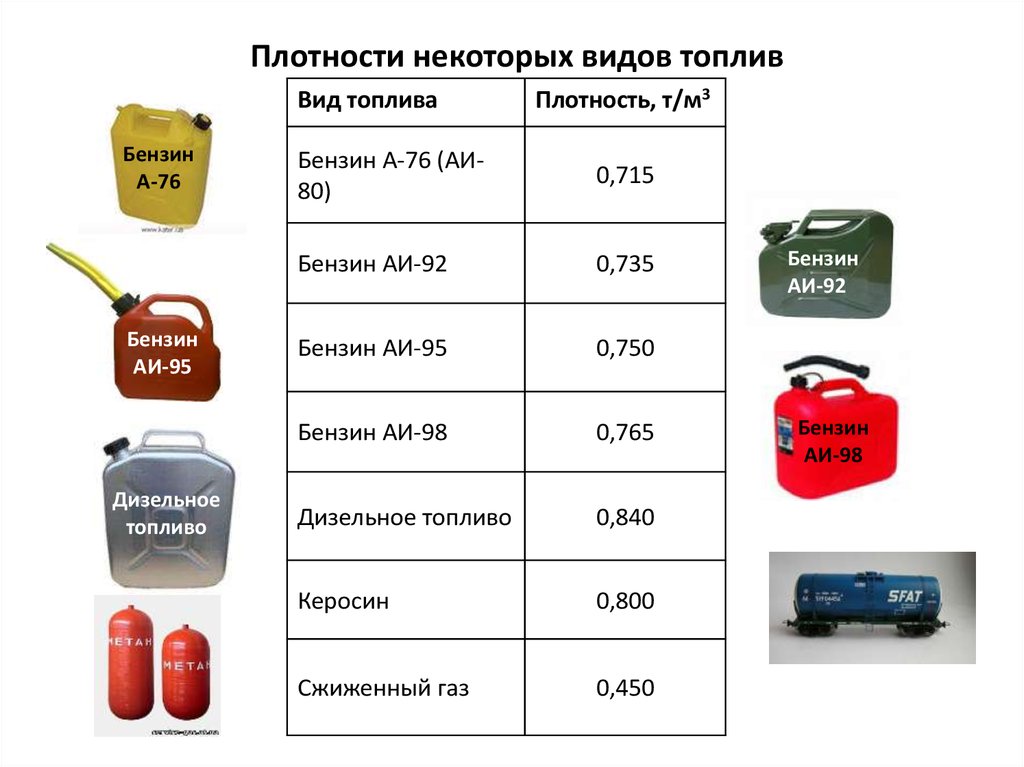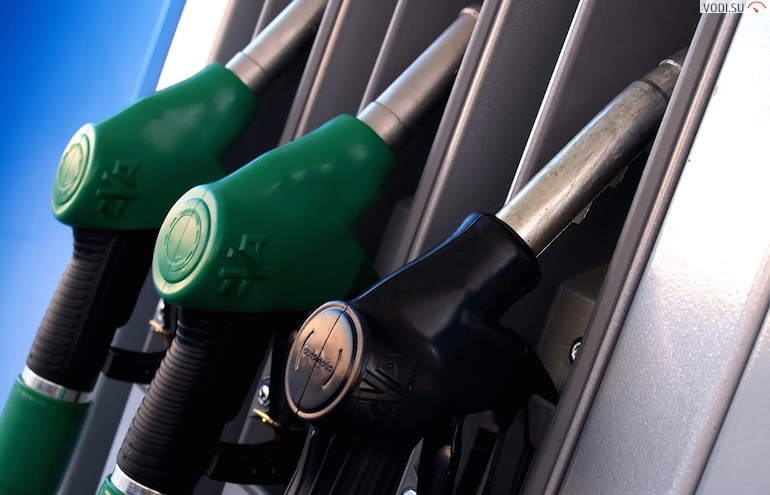
characteristics, classification, cetane number, hazard class
Following many European countries, the Russian government has recently made class 2 diesel fuel illegal. What this is connected with and what hazard class diesel fuel has, will be discussed in today's article.
Temperature classification of diesel fuel
Due to the fact that diesel fuel contains paraffin, which solidifies at sub-zero temperatures, it (fuel) is divided depending on climatic zones. Each of the following categories has its own filterability temperature.
- Class A +5° C.
- Class B 0° C.
- Class C -5° C.
- Class D-10° C.
- Class B -15° C.
- Class B -20° C.
It is worth noting that for areas where the ambient temperature can fall below the above parameters, other classes are provided - from 1 to 4. The following are: class, cloud point and filterability.
- 0:-10° C, -20° C;
- 1:-16° C, -26° C;
- 2:-22° C, -32° C;
- 3:-28° C, -38° C;
- 4:-34° C, -44° C.
It turns out that when using diesel fuel in different climatic zones, you don’t have to worry at all about the fact that it will freeze and, as a result, important work will fail.

Hazard classes
The current GOST provides for three hazard classes of harmful substances.
Here they are:
- I class - highly dangerous;
- II class - moderately dangerous;
- III - low-risk.
And in view of the fact that the temperature of diesel fuel during a flash exceeds 61° C, it is classified as a low-hazard substance (that is, to class VI). It is very curious that substances such as gas oil or heating oil also belong to the same class. In short, diesel fuel is not explosive.

Features of transportation and operation
Diesel fuel can only be transported on a vehicle equipped for this purpose, for which an appropriate permit has been issued. In addition, in the event of a fire, such machines must have appropriate fire extinguishing equipment. Finally, all packages must be properly marked - UN No. 3 or OOH No. 3.
Under normal conditions, diesel fuel ignites extremely poorly at low temperatures, especially when compared with other combustible mixtures - for example, with gasoline. But in the summer, when the ambient temperature can reach the annual limit, it is advisable to handle diesel fuel more carefully. Especially if you mean large volumes of fuel.
Cetane number
This number is considered the main indicator of the flammability of the fuel and determines its ability to ignite, the delay time (the interval between injection and ignition). All this affects the speed of starting the engine, as well as the volume of exhaust emissions. The higher the number, the more smoothly and efficiently the diesel fuel burns.
There is also such a thing as cetane index. It refers to the concentration of additives to increase the level of cetane. It is important that the difference between the number and the index is minimal, since different additives affect the chemical composition of diesel fuel in different ways.

Fuel classifications
Not so long ago, the government of the Russian Federation signed an agreement on cooperation with the European Union in relation to the oil refining industry. It is for this reason that the European classification of combustible materials is systematically coming to Russia.
Note that today there are already 2 standards:
- domestic GOST;
- European or, as it is also called, Euro.
It is characteristic that most of the filling stations provide data on diesel fuel simultaneously in both the first and second options. But, to be honest, both standards duplicate each other in almost everything, so for a car owner familiar with GOST, it will be quite easy to get used to the Euro.
Loading…
